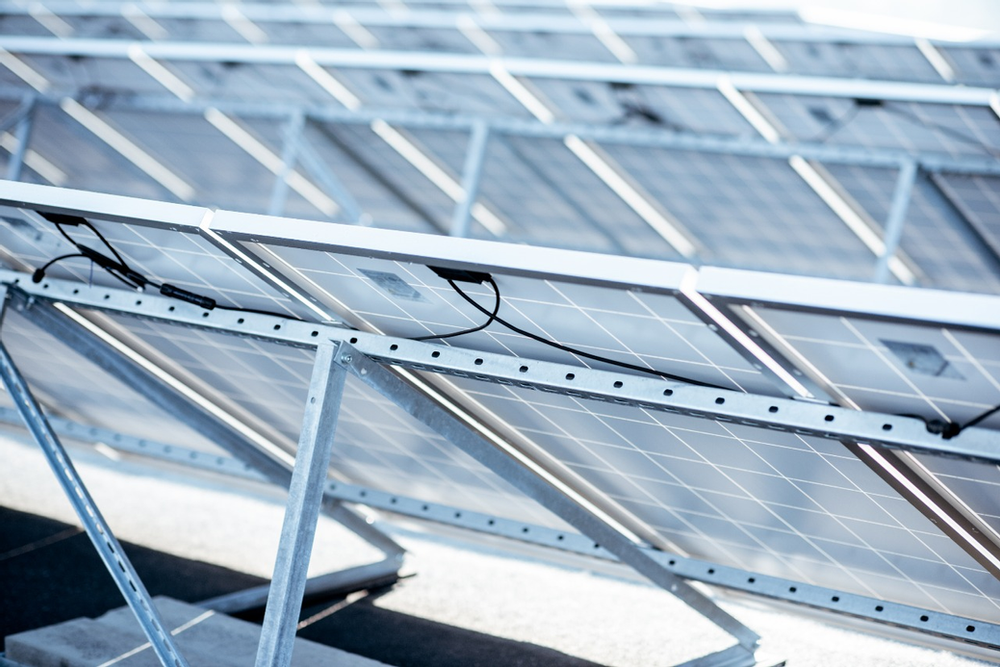
In the United States, solar energy accounts for a mere 1.6% of electricity generated. With tax incentives, lower electricity bills, and a smaller carbon footprint for homeowners, this number is on the rise. Despite the immense benefits, however, many people are still reluctant to make the switch from traditional electricity.
One of the biggest factors contributing to this hesitation, as noted by Solar Industry Mag, is simply a lack of understanding when it comes to how solar panels work. While delving into the inner workings of solar energy may sound as intimidating as a crash course in calculus, the process is much less complex than you think.
1. Solar Panel Construction
To understand.how sunlight is transformed into energy, you must understand the makeup of the panels themselves. Each solar panel consists of a series of photovoltaic (or solar) cells. Each cell is made with a metal frame, wires, glass casing, adhesive film, and semi-conductive materials like silicone.
All these components work together in unison to create electricity from sunlight. Several of these solar cells are strung together to create a single panel like the ones you see on the roofs of houses after a successful solar panel installation by a reputable solar company.
2. Sunlight Stimulates Solar Cells
With each material within the solar cell carefully selected, the next step is as simple as allowing sunlight to stimulate the panel. When exposed to the sun, the components of the solar cells absorb light.
Because the silicone within the solar cell is semi-conductive, it creates a reaction within the solar cell. As a result, free electrons are energized, and they flow through an electrical circuit within the cell. This process is known as the photovoltaic effect.
3. Energy Is Converted From AC to DC
Most homes in the country are powered using what is known as an “alternating current” (AC). The energy created within a solar panel, however, is a “direct current” (DC). DC must convert to AC before homeowners can use it. This is done by using a device known as an inverter. Some solar systems have only one main inverter, while others have them installed underneath each panel.
4. Converted Energy Travels to the Home’s Electrical Switchboard
During solar panel installation, the panels are connected to the electrical switchboard within the house. This allows the converted AC energy to become usable energy that can power lights, appliances, or any household object that requires electricity.
Instead of relying on the electricity provided by an electric company, the switchboard will draw from your solar energy as it is produced or from solar batteries that store the energy created during the sunlight hours for use during the night.
While many homeowners find that they produce more solar energy than needed if sufficient solar power is not obtained, the electrical switchboard can seamlessly draw from the grid (or traditional electric company) to supplement solar power.
After understanding how solar panels work, many homeowners feel more comfortable deciding to invest in a cleaner, sustainable form of energy. If you are considering solar panel installation for your home, be sure to create a list of questions you may have for your solar company, whether you want to learn more about the solar energy process or the specifics of the panels being installed. They can answer any specific questions that you may have before, during, and after installation.
Contact Mynt Solar for a free, in-home or virtual solar consultation. At Mynt Solar, we always put our customers first. Let’s chat about your home and its energy needs!
